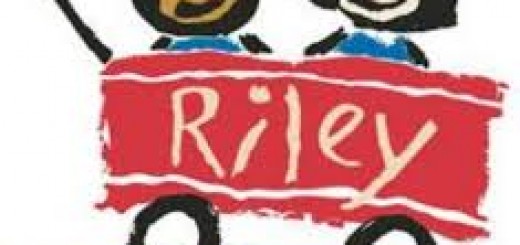Commentary by Adam Cmejla
We were recently having a conversation in our office with a new potential client relationship, and our dialogue turned to the current portfolio and positions that she had within that portfolio. They were a couple of recent retirees in their late 50s and had been “do it yourself-ers” for most of their working life as well as the occasional meeting with their 401k plan advisor to go over their funds.
We noted that their portfolio would be classified, by most investment standards, as “aggressive,” with a very high portion of their portfolio invested in both domestic and international stock funds. When we discussed the potential of managing their investments through a more robust, well-diversified portfolio that also addressed the high risk by reducing the amount of stock exposure that they had, their first comment to us was “Well, we don’t want to make a lot of changes. Some of those funds returned over 20% last year.”
While this may be very true, it exposes a common theme that’s observed among investors: short term memory loss of past markets and events. While their current holdings might have increased by 20%, I was curious to learn what those same holdings had done during the market decline of 2008, and more importantly, how they felt and reacted during those tumultuous times?
My question to them and all investors is this: what is the rate of return and risk associated (i.e. expected volatility) that you need to achieve in order to ensure a high probability of maintaining financial independence at and throughout the duration of your retirement? Moreover, I would challenge investors to compare what that number is to what the rate of return and risk associated with their current portfolio? If the two aren’t in alignment, why not?
One of the most typical answers that we get is “Well I’ve always been an aggressive investor. I’m ok taking a lot of risk.” However, there’s a big difference between an investor’s “risk tolerance” and their portfolio’s “risk capacity.” Risk tolerance is that of the investor. Risk capacity addresses the notion of a significant market decline adversely affecting the probable outcome of a successful retirement plan…in other words, a client not outliving their money. While an investor may understand and be at peace that markets have their ups and downs, having a significant market correction in the beginning of your retirement can put excessive stress on a portfolio’s sustainability throughout retirement. It’s for this reason that investors must not get focused on chasing the recent high rate of returns we’ve seen and forgetting about the emotional and financial impact that 2008 had on portfolios.
A successful, proper retirement plan and portfolio management philosophy can be described just like Jack Nicklaus described the mark of an extraordinary golfer: it’s not the number of great shots you make, but the number of bad shots you avoid. Avoid taking unnecessary risks in your portfolio by chasing the returns of yesteryear.
Adam Cmejla, CMFC® is President of Integrated Planning & Wealth Management, a comprehensive financial services firm located in Carmel providing comprehensive retirement planning strategies to individuals near or in retirement. He can be reached at 853-6777 or [email protected].



